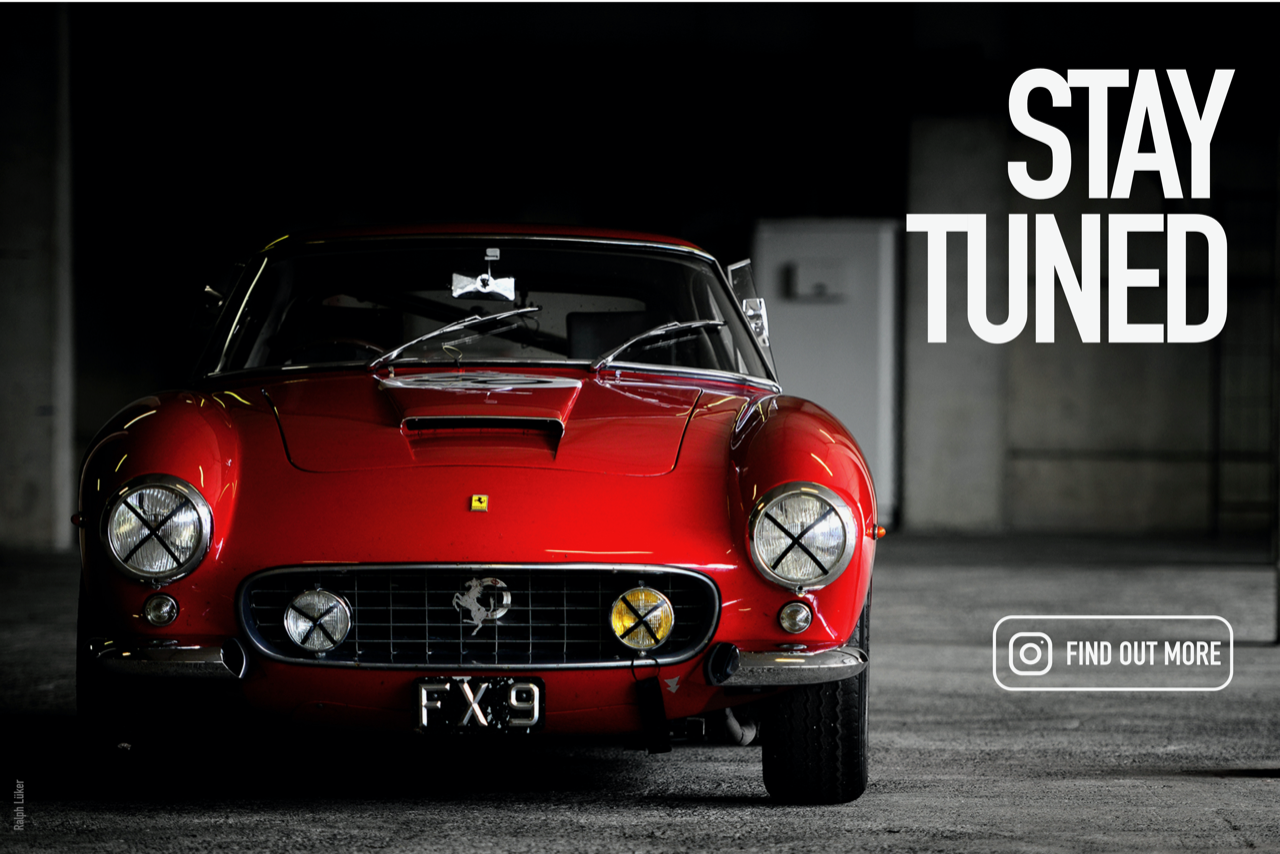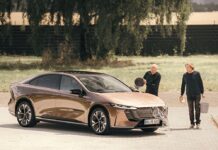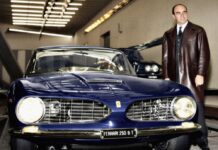The choice of tool determines the results, both formally and in terms of content.
Today we explore Berlin in a Land Rover Discovery, a classic, loaded with a potential for possibilities that even extends into the metaphysical – which is the subject of this report.
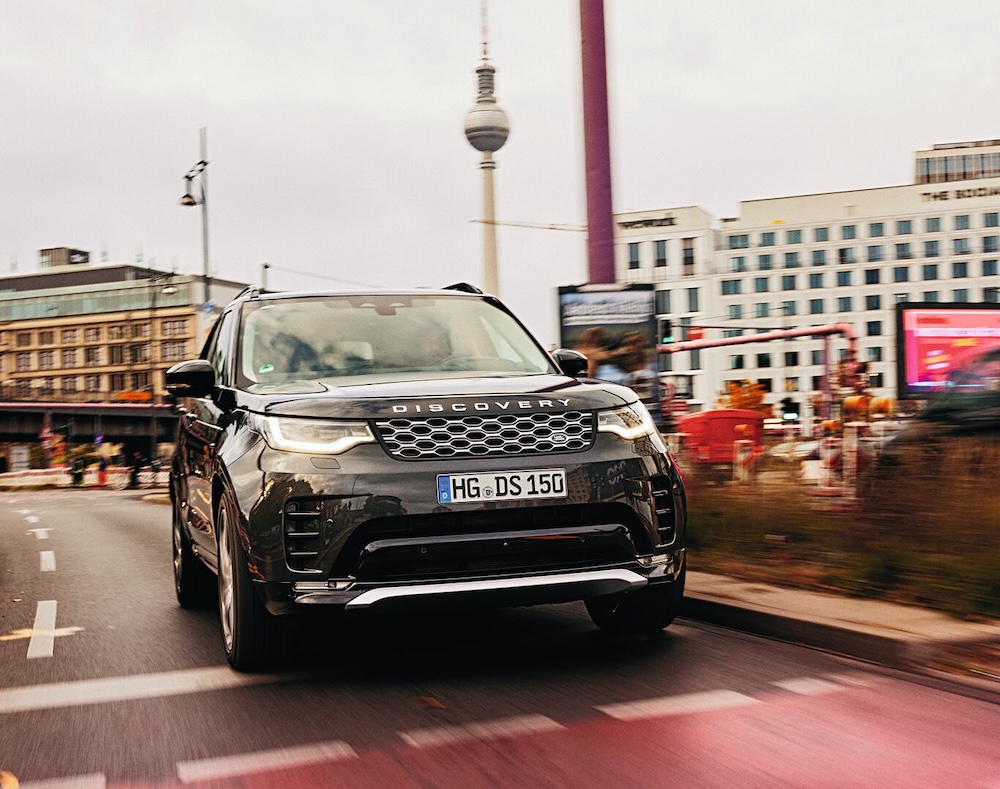
The raised seating position offers a better overview – as much off the road as in the city – as the world sorts itself into large and small objects before our eyes.
Once conceived as the missing link between the military-style camping cot that is the Defender and the luxury foam mattress of a Range Rover, the Discovery emancipated itself at some point and developed a personality of its own. In generation four, it was turned into a lifestyle apologist that makes you want to leave your street shoes outside while you delicately taste your way through the menu – between all the Terrain Response options for mud and ruts, sand, and fine tuning to differentiate between grass, gravel and snow. Even if the only time you need all-wheel drive in the city is to climb up a curb, nothing comes close to the stylish confidence and metaphysical potential of this powerful all-rounder.
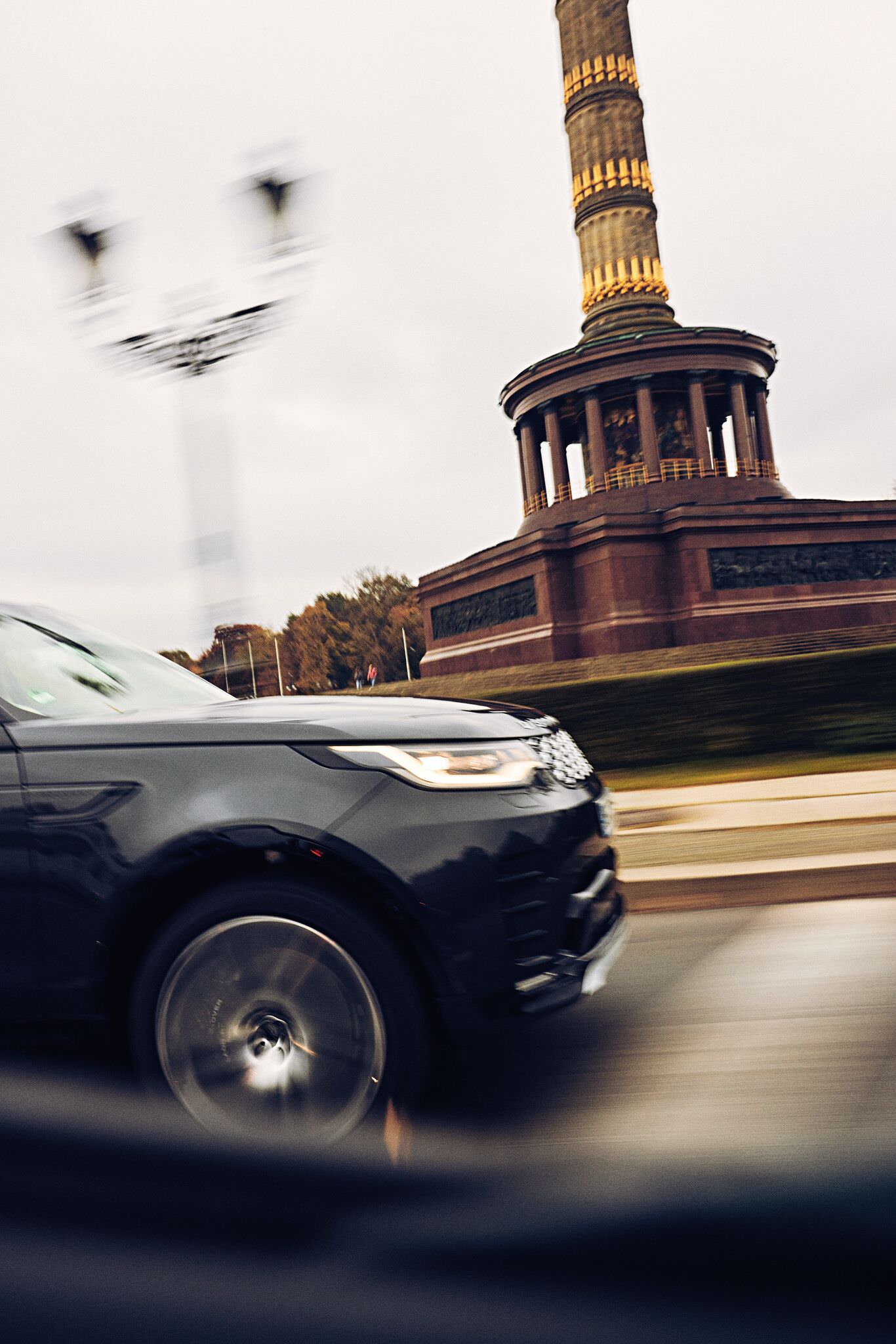
Not so long ago, we drove through Berlin in a Citroën Ami, that minimalist expression of urban mobility. We explored the city at a maximum speed of 40 km/h, on a par with cyclists, which has its advantages and disadvantages. We don’t want to suggest that we would feel more comfortable at this level in a Land Rover Discovery, but admittedly the raised seating position offers a better overview – as much off the road as in the city – as the world sorts itself into large and small objects before our eyes, from cobblestones to high-rise buildings, from banisters to the House of Travel, sticking with the example of Berlin.
Even if the only time you need all-wheel drive in the city is to climb up a curb, nothing comes close to the stylish confidence and metaphysical potential of this powerful all-rounder.
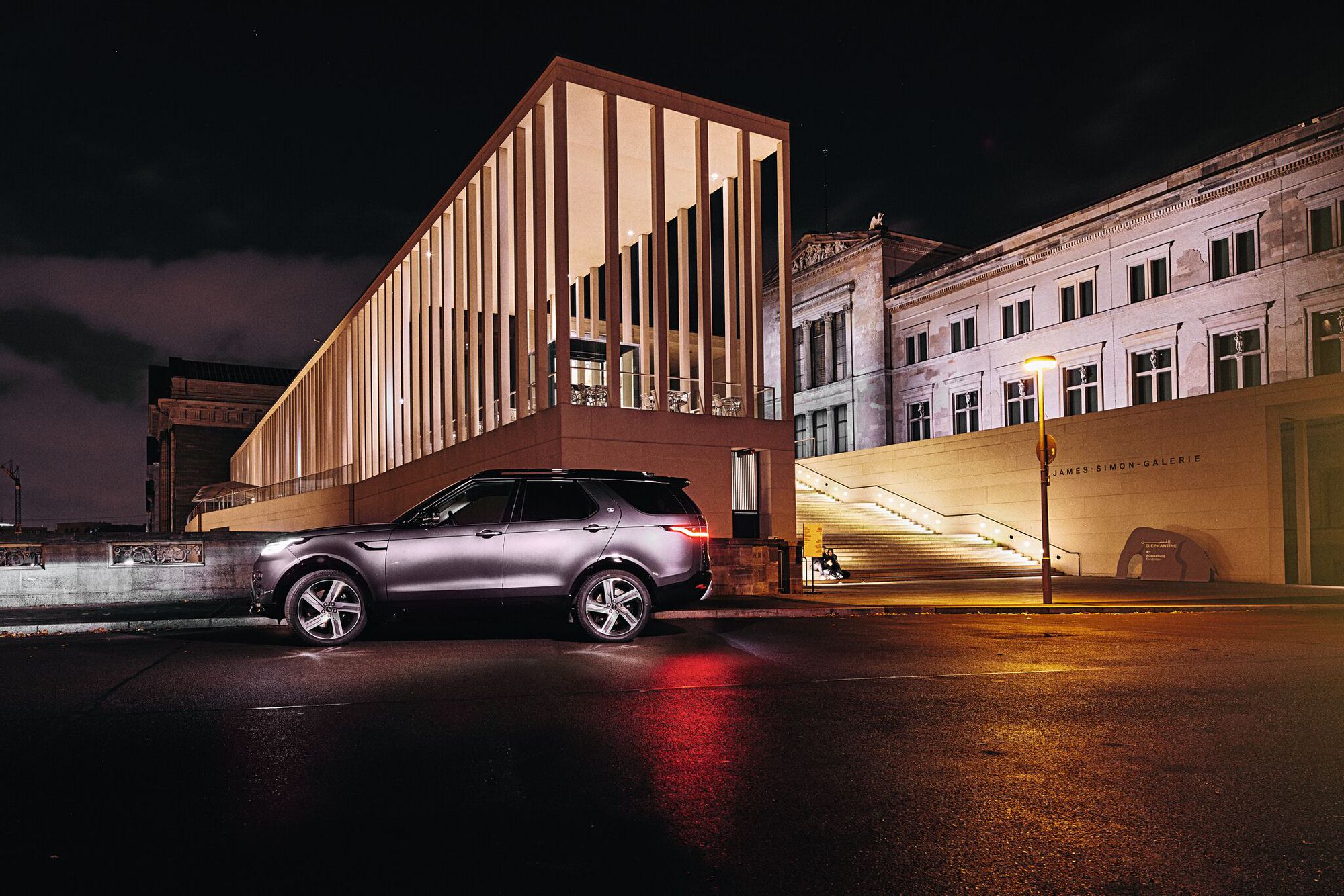
The conceptuality of objects: who has not been fascinated by its stubborn consistency? Object is a wonderful word, ultimately derived from the Latin ob- and jacere, meaning “to throw in the way of”, and giving us objectum (“thing presented to the mind”). We find the term in law, in epistemology, in art – and constantly right under our very noses. By abstraction, an object can certainly be conceptually charged, and it is interesting to see the broad range of meanings of related words such as objectify, objective and objection. Since Immanuel Kant, an object has been something that is observed or experienced in the external world by a subject as a cognizing ego. In this respect, the relationship is close to the thing, the matter, an entity. The concept of object art, in turn, serves to distinguish it from abstraction.
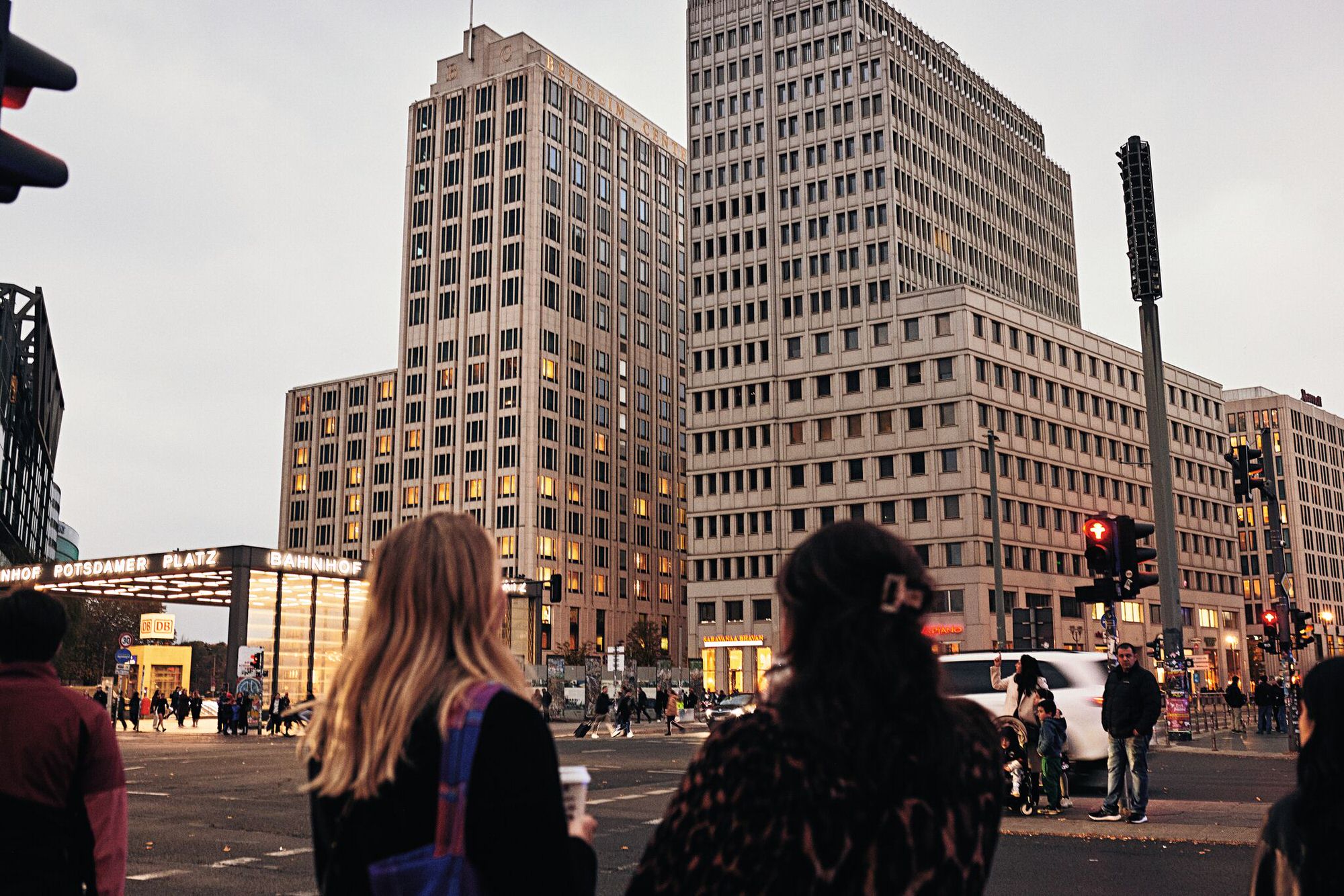
But what happens when we are not content with merely seeing and recognizing objects in their frozen form? Not only to look at and evaluate what lies within given contours, but to direct our gaze outwards, into the open, so to speak, to immerse ourselves in the wonderfully approximate world between defined things? Just as there are people who can experience colors synergetically, why not also those who only see the in-between?
Our somewhat daring hypothesis: For those seeking insight, the world consists of interstitial spaces. Recently, our attention was captivated by the brave emperor penguin Gus, who crossed the interstitial space between the contours of the Antarctic continent and those of the Australian coastline, 3,500 kilometers, apparently by swimming the whole way. Never before had an emperor penguin covered this distance.
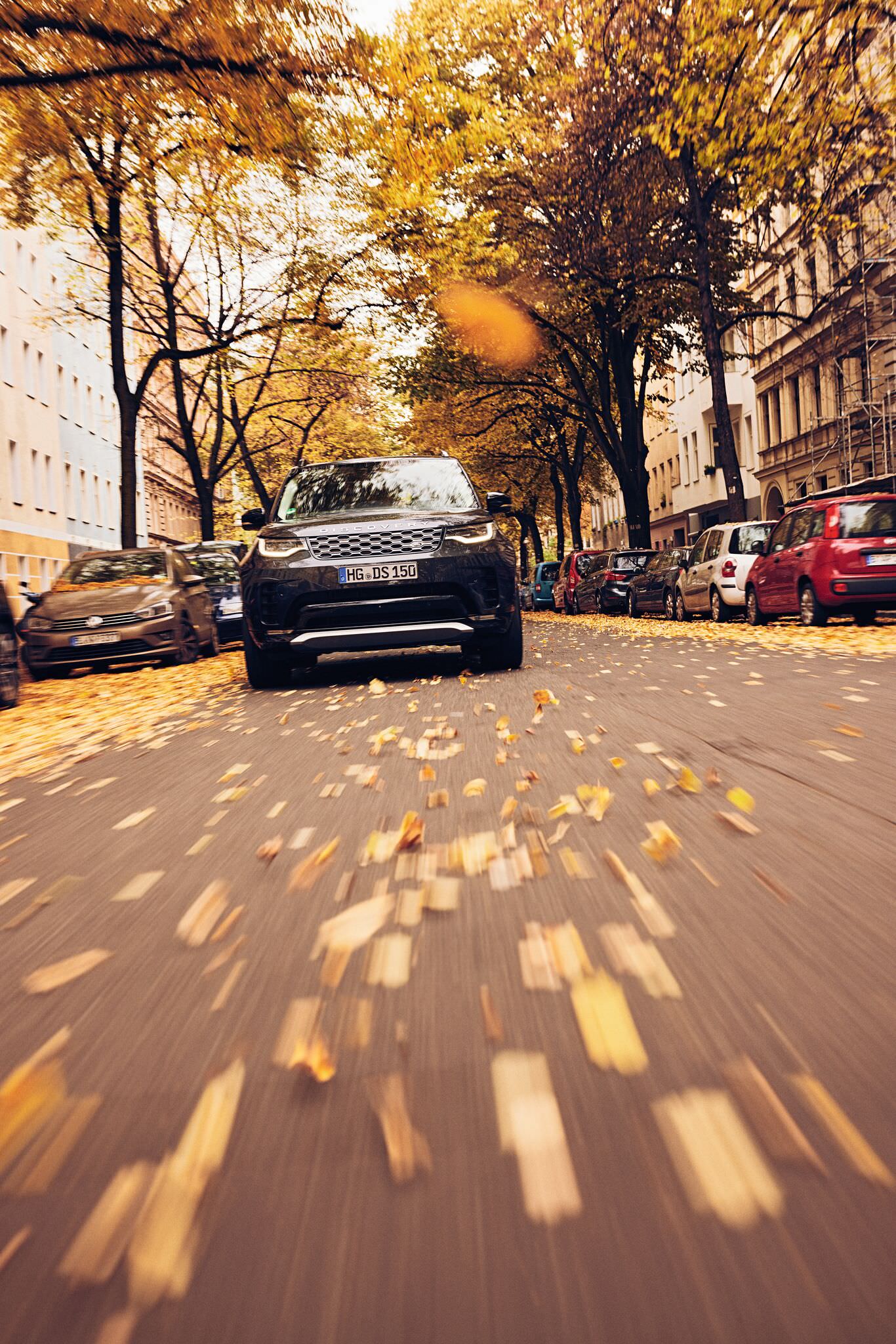
We, as ordinary consumers – and we are talking here specifically about urban commuter traffic – have also noticed that the negative forms of the factual are shrinking, especially in cities. Apparently, the empty spaces were usually large enough to escape formal perception. Only now, in the process of shrinking, are they coming to light as a vanishing species. Yes, of course we are also talking about parking spaces.
Let’s look at it this way: Interstitial spaces are not a chimera, but the actual place of the possible, the irrational in the development of talents. In the interstices lie dreams or their placating confidence. They are promises of an unspecified happiness, flexible prophecies of a quick idea, sparkling bliss based on a flickering thought surfing at the edge of the present moment. Encyclopedias of errant dramas. The importance of interstitial spaces can also be seen in association football. The German national player Thomas Müller is famous for seeing spaces that no one else sees.
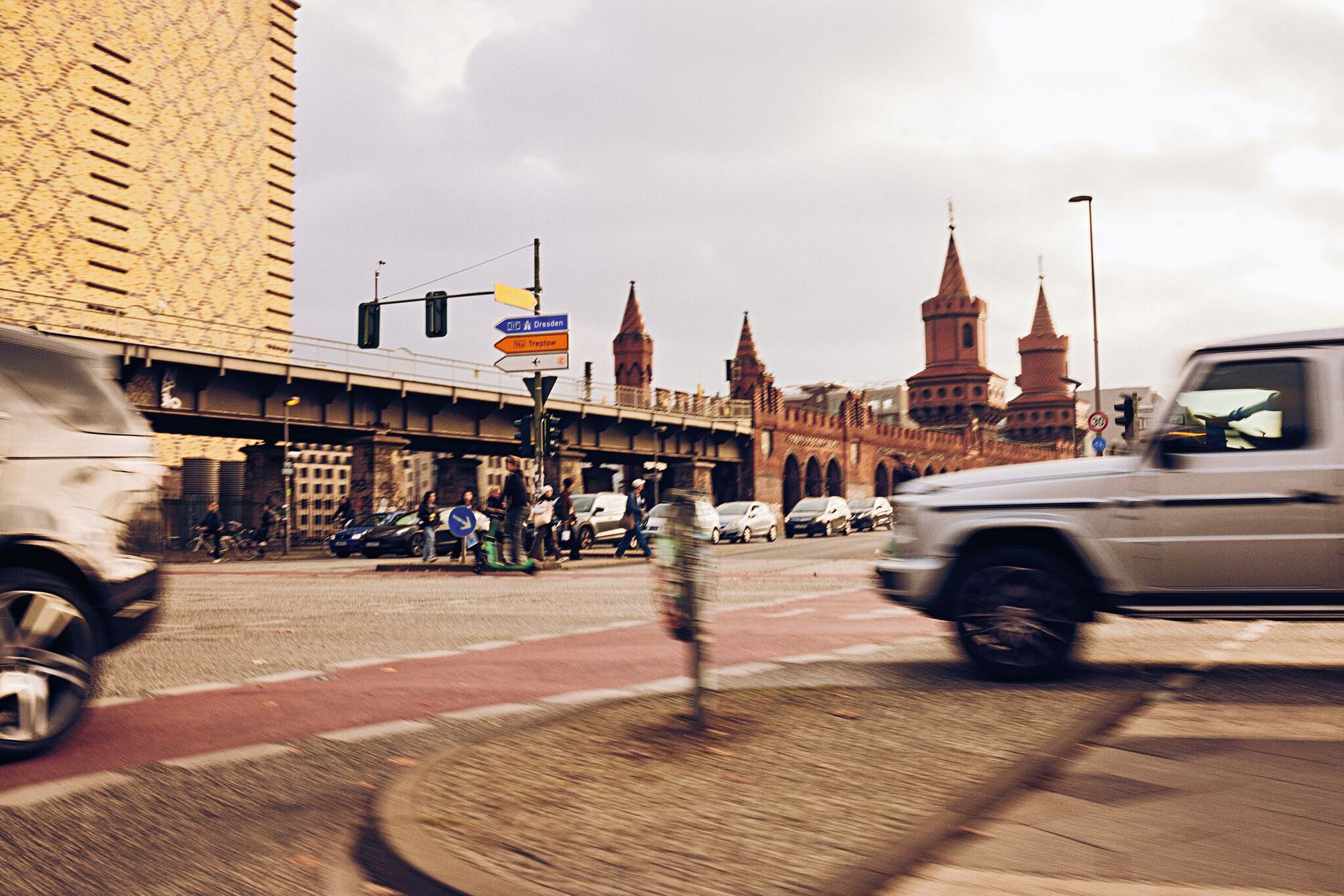
So why does this worry us?
Everything is being filled with clutter and junk, agoraphobia is on the rise, the fear of empty, wide-open spaces. The Austrian capital of Vienna, for example, has particularly little sense for space. When you see how the decision-makers live, you understand why everything looks so cluttered outside. Just check out the lifestyle section of the local papers for a peak into these people’s homes. If you want to learn about space, you have to go to Italy.
I digress, because I was actually getting at something else. Recently, I watched the opening scene to The Things of Life by Claude Sautet, starring Michel Piccoli and Romy Schneider. The film was released in 1970. You see cars, mostly French cars, driving along a highway. The sequence is in black and white. You see the fresh blackness of the asphalt. Then mostly light-colored cars with large, upright glass windows. Not as boxy as they are today. Renaults, Peugeots, a Lancia Fulvia Zagato – even a Lamborghini Miura passes through the scene as if by chance. It is immediately striking how well the thin-walled cars match the width of the road, how generously everything is dimensioned. Plenty of space. There is still room. A promise for the future.
We lost this sense of space a long time ago. We have allowed cars to get fatter and fatter. A little wider, a little longer, with hardly any limits on how much more they will grow.
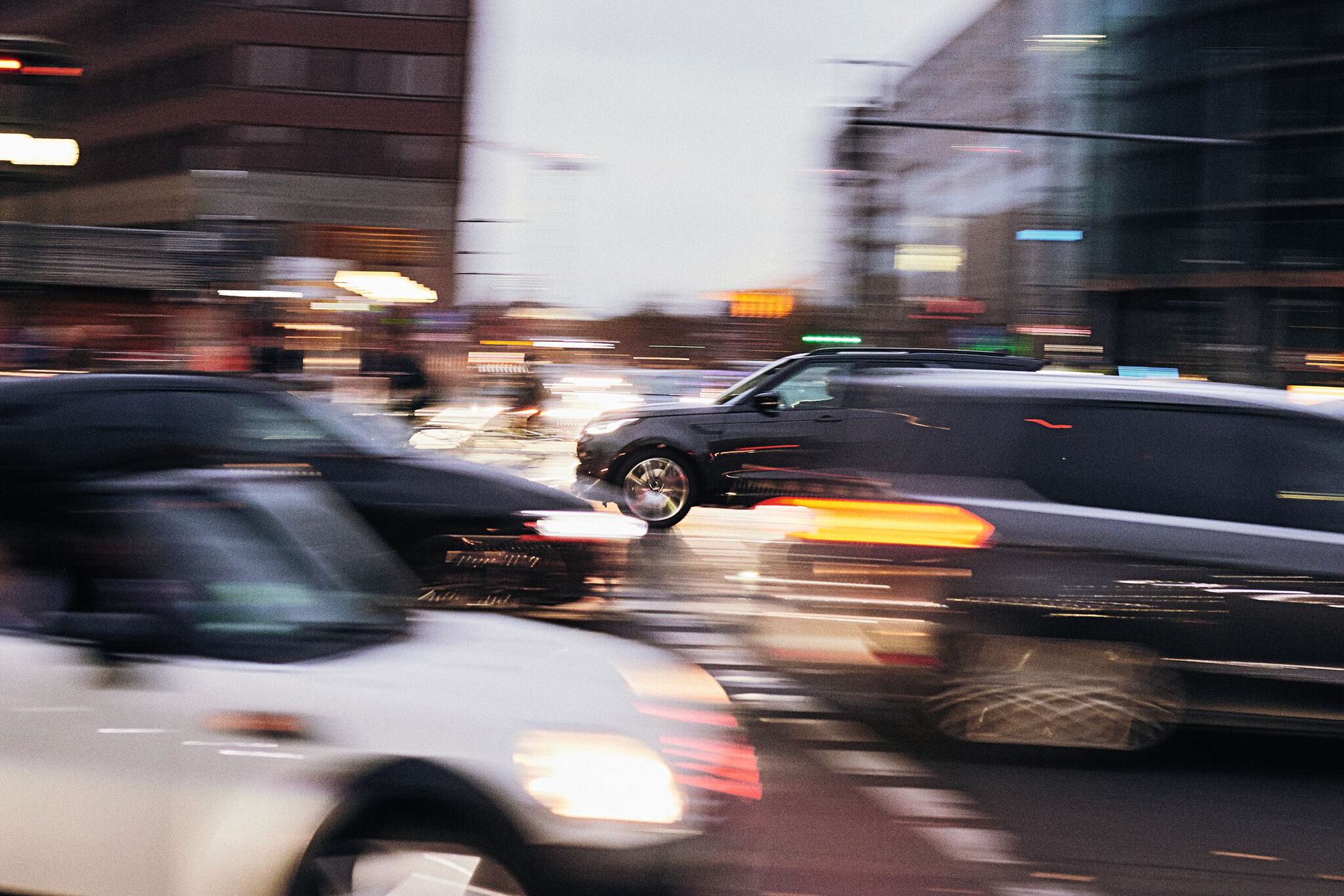
Size benefits everyone: the manufacturers, because they can gradually draw consumers into ever higher price regions, the buyers, because they not only get more space, more prestige, but also a greater sense of security. We roll along in moving crash safety palaces through a landscape of soundproof barriers.
In this way, we are all doomed to perfection. First and foremost, this is a logical consequence of the learning process: eliminate known errors and ensure optimized progress. Ask the audience (the buyers) what they want. And here is what they tell the pollsters: “More safety and higher mileage. More engine power and more luxury. Less rust and longer warranties. Safe travel on all roads and in all situations. Low price, but more standard features. Affordable credit and long-term lease contracts. Less noise with higher performance. Economical yet appealing engines. Agility at a comfortable level. More design, but less style. Sportiness and prestige. Make all other road users green with envy.” Pause for thought. “And of course, without harming the environment. Plug-in hybrid is okay.”
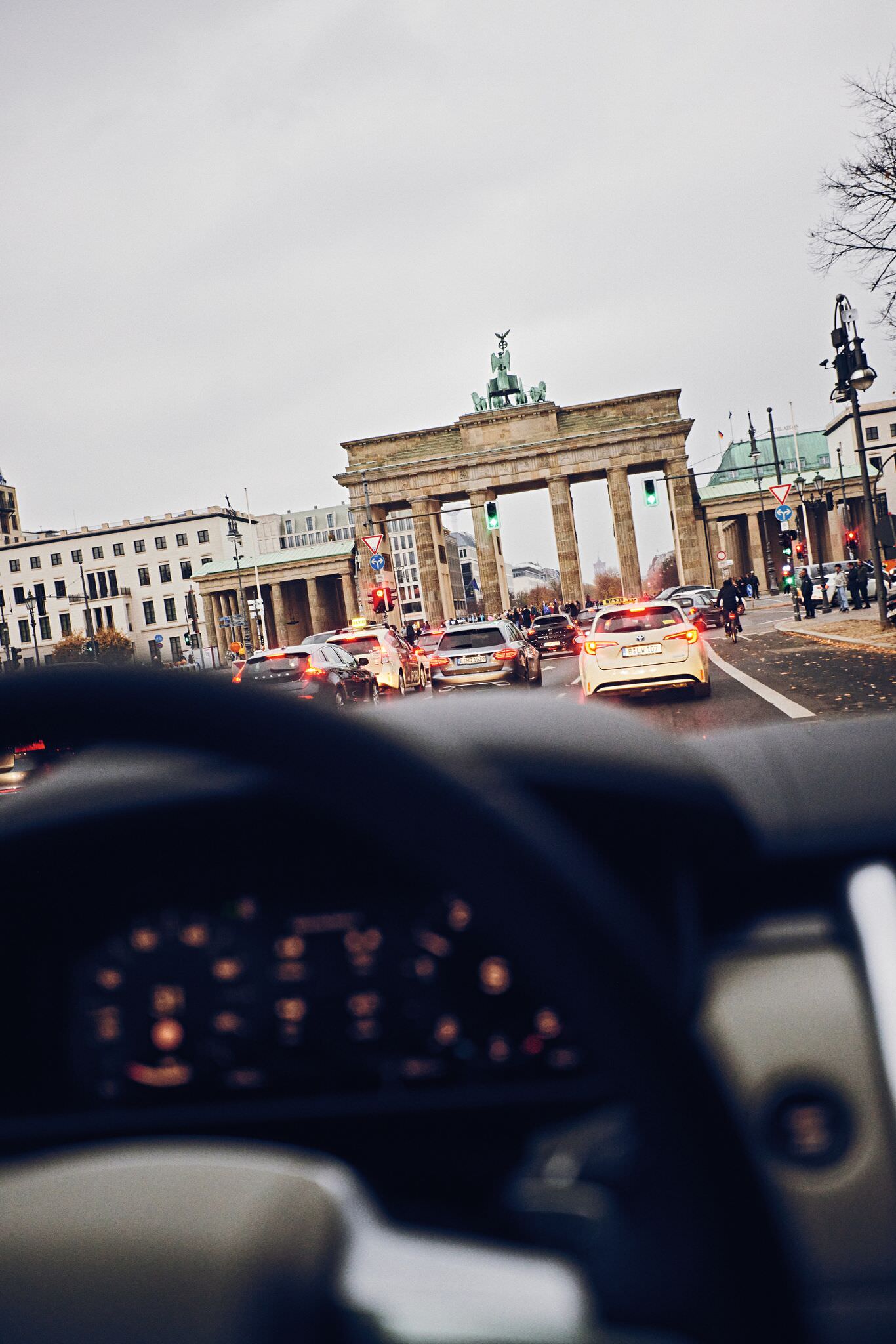
As a way of successfully ending this story, we direct our Discovery to the James Simon Gallery, designed by architect David Chipperfield. In front of the building with its white concrete columns, everyone will immediately realize: here are the most beautiful interstitial spaces in Berlin!
In the interstitial spaces lie dreams, promises of an unspecified happiness.
Text: David Staretz
Photos: David Breun
ramp #66: Drive My Car
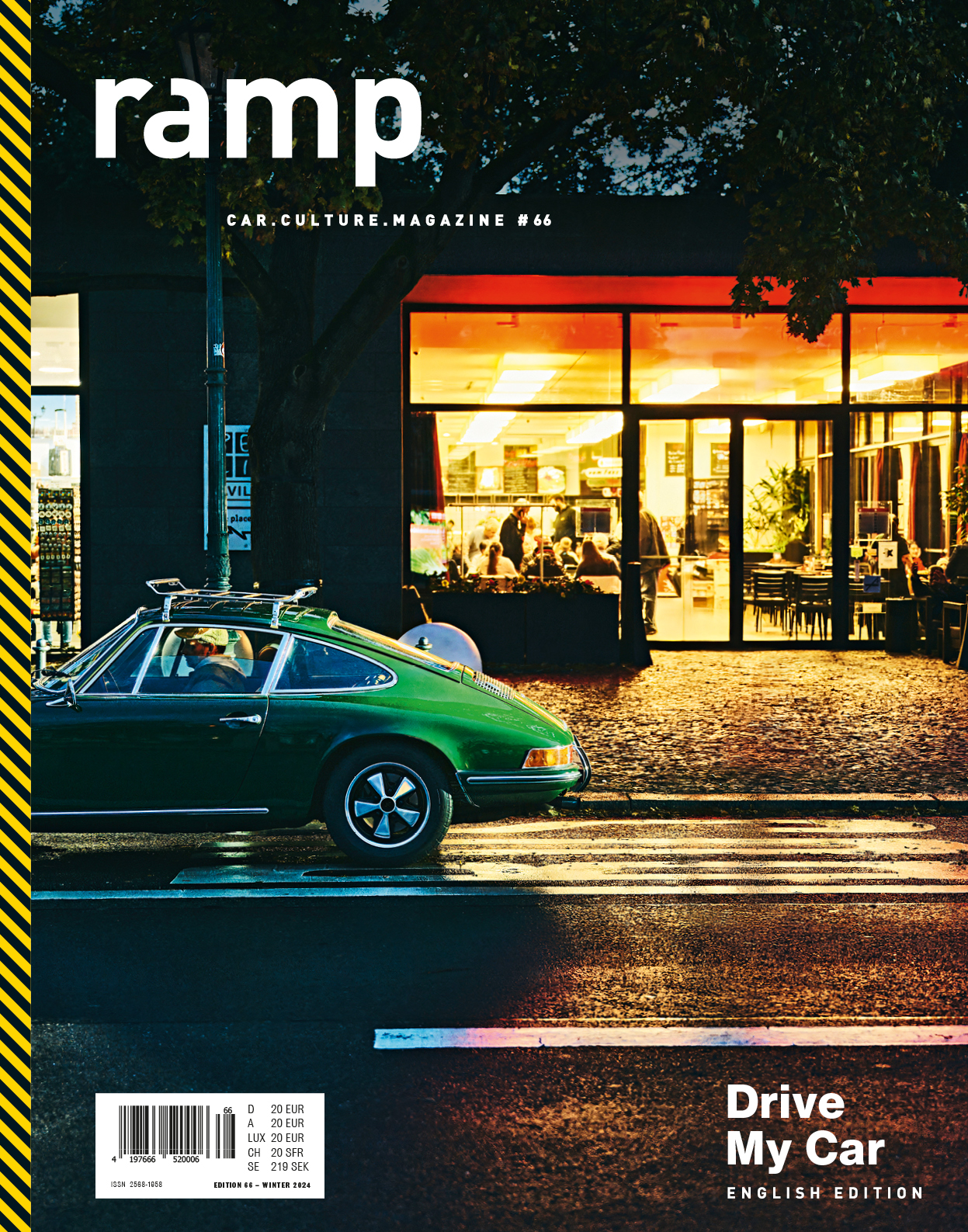
A three-hour Japanese drama where nothing much appears to happen other than endless car rides and which is somehow about the multilingual production of a stage play may not immediately seem like something that could arouse your curiosity. Though it should. For us, these 179 minutes served as inspiration for the title to our latest issue of ramp. Find out more

